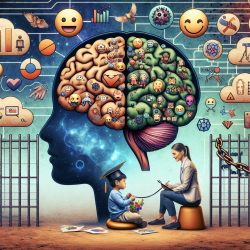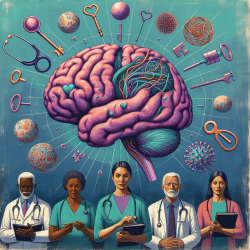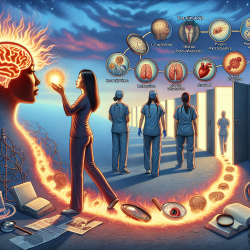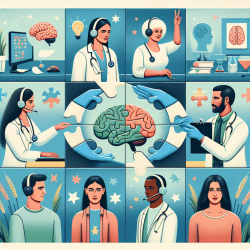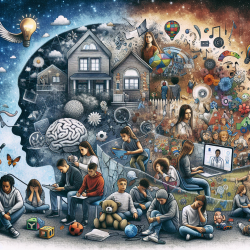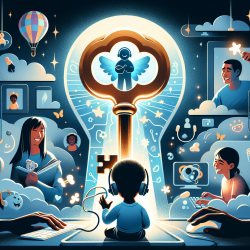Introduction
As a speech-language pathologist (SLP), understanding the intricate relationship between neuroscience and free will can significantly enhance therapeutic outcomes, especially in children. The research article "Free Will and the Brain Disease Model of Addiction: The Not So Seductive Allure of Neuroscience and Its Modest Impact on the Attribution of Free Will to People with an Addiction" provides valuable insights into how neuroscience information can influence beliefs about free will and responsibility. This blog explores how these insights can be applied in speech-language pathology to improve practice and outcomes.
Understanding the Research
The study conducted a large-scale experiment with 2,378 participants to assess how neuroscience explanations (textual and neuroimaging) affect attributions of free will in addiction contexts. The findings suggest that while neuroscience information has some impact, respondent characteristics like education and knowledge about neuroscience play a more significant role in shaping beliefs about free will and responsibility.
Implications for SLPs
For SLPs, these findings underscore the importance of considering individual characteristics when designing and implementing therapy plans. Here are some key takeaways:
- Personalized Approaches: Tailor therapy to the individual child's characteristics, such as their cognitive understanding and background knowledge, to enhance engagement and outcomes.
- Education and Awareness: Educate caregivers and educators about the role of neuroscience in speech and language development, emphasizing the importance of a supportive environment.
- Holistic Assessment: Incorporate assessments that consider the child's broader context, including familial and educational influences, to better understand their needs and potential barriers to progress.
Encouraging Further Research
While the study provides valuable insights, it also highlights areas for further research. SLPs are encouraged to explore how neuroscience can be integrated into therapy to support children's autonomy and responsibility. Additionally, investigating how different types of neuroscience information (e.g., neuroimaging vs. textual explanations) impact therapy outcomes can provide deeper insights into effective interventions.
Conclusion
Incorporating neuroscience insights into speech-language pathology practice can lead to more effective and personalized interventions for children. By understanding the nuanced relationship between neuroscience, free will, and responsibility, SLPs can better support children in achieving their communication goals. For those interested in delving deeper into the research, the original paper offers a comprehensive analysis of these dynamics.
To read the original research paper, please follow this link: Free Will and the Brain Disease Model of Addiction: The Not So Seductive Allure of Neuroscience and Its Modest Impact on the Attribution of Free Will to People with an Addiction.
